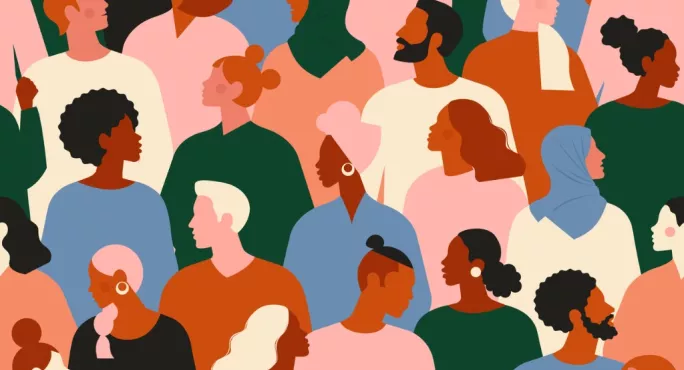Campaigners in schools and universities have launched a petitions calling for the UK history curriculum to be diversified, so that it includes the history of the British Empire and the Windrush generation.
Over 260,000 people signed a petition calling for Britain’s colonial past to be taught as part of the history curriculum, launched by Esmie Jikiemi-Pearson and Nell Bevan.
News: Pupils ‘need more access to BAME authors in class’
Diversity: Curriculum ‘must cover more than dead, white men’ - Bousted
Curriculum: ‘GCSE English felt like ritualised humiliation’
The petition says: “Colonial powers must own up to their pasts by raising awareness of the forced labour of black people, past and present mistreatment of BAME [Black and minority ethnic] people, and most importantly, how this contributes to the unfair systems of power at the foundation of our modern society.”
Two further petitions from Yacoub Yasin and Cynthia Muthoni have more than 115,000 signatures each.
The petitions were presented to MPs on the petitions select committee and the women and equalities select committee last week.
Ms Jikiemi-Pearson told MPs that throughout her schooling, she had never studied literature featuring a person of colour.
“The only character I can think of is Bertha in Jane Eyre. She is a crazed, abusive wife, so it is not a positive portrayal. Sometimes I sat in that classroom thinking, ‘Why am I even here?’” she said.
And Mr Yasin said he dropped GCSE history because he had only learned about his cultural history through study of the British Raj, where the “element of being subservient” was focused on.
All three petitions call for more inclusive teaching that does not only focus on European history or Eurocentric literature.
Ms Muthoni said: ” I believe the teaching of racism and racial diversity needs two elements. One is tackling the harsher realities, like prejudice, discrimination and racism. The other is more of a celebratory element of diversity.”
“An example of a lesson plan I could do is appreciation versus appropriation, in which we would take the issue of braided hair and look at how it is represented across different cultures. In African culture, traditionally it was used to identify which tribe you belonged to.
“In ancient China, it was used to represent a woman’s age, and when she came of age they would symbolically untie the braids. In old Russia, braiding hair used to be a symbol of strength, pride and honour. In that way, you see different people from different backgrounds being included and represented.”
Caroline Nokes, the Conservative MP who chairs the women and equalities committee, said: “To understand racism and inequality in 2020, it’s vitally important that we understand Britain’s role in colonisation and the transatlantic slave trade.”
There are growing calls to make the UK curriculum more representative. In October, Penguin Random House and race equality think tank the Runnymede Trust joined forces to research a lack of representation on the GCSE curriculum.
And in September, Teach First said exam boards should that at least a quarter of authors in their GCSE English literature specifications are from ethnic minorities.




